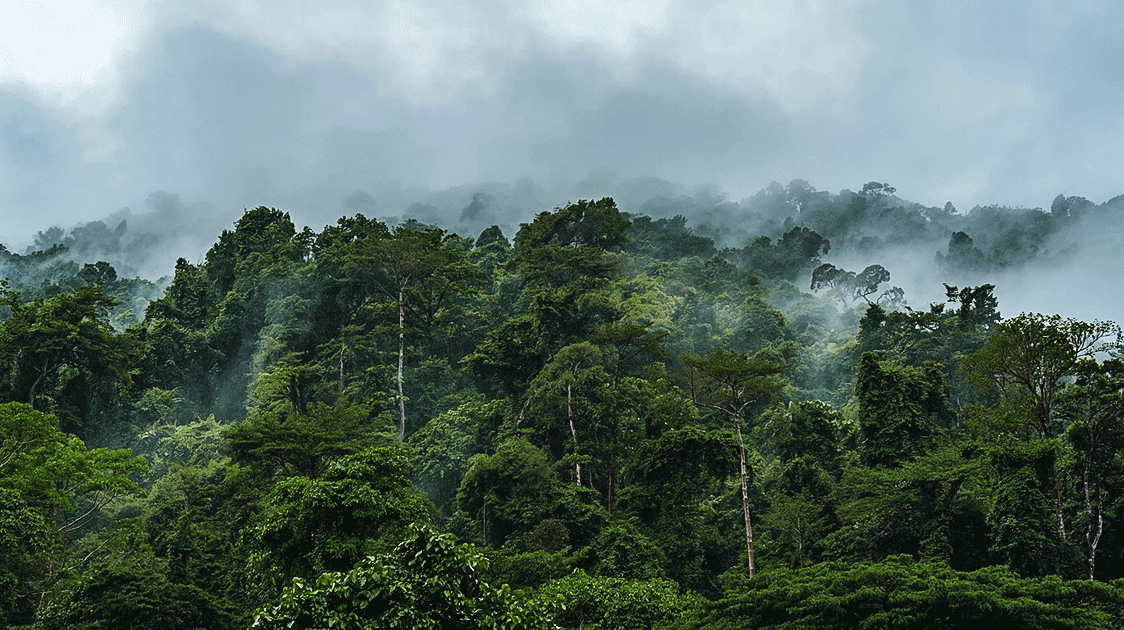Namibia
Namibia is globally recognized for its innovative approach to wildlife conservation, notably through its community conservancies model. At Patrol, our mission is to highlight and support these vital initiatives, sharing insights and stories from the front lines in Namibia to inspire action worldwide. Sign up to our newsletter to stay informed and help safeguard wildlife.
Kunene Region - Rhino Custodian Foot Patrols
In Namibia's rugged Kunene region, anti-poaching efforts focus strongly on rhino conservation. Here, local communities known as Black Rhino Custodians take pride in protecting their rhinos through dedicated foot patrols. This model puts responsibility directly into the hands of local people, creating a powerful sense of ownership and pride in protecting wildlife.
Tracking in Namibia’s Stone Desert Terrain
The desert terrain in Namibia’s Kunene region presents unique challenges for anti-poaching operations. Sparse vegetation means wildlife, especially the critically endangered species of black rhino, must travel vast distances between food and water sources. Rangers must navigate these harsh, rocky landscapes by foot, employing traditional tracking skills refined over generations.
These foot patrols carefully observe rhino behaviors and patterns, identifying potential threats like traps or signs of poachers. The challenging environment tests the endurance of even the most experienced rangers, who rely heavily on their expert tracking abilities to detect and prevent poaching threats.
Community Rhino Rangers Programme
The Community Rhino Rangers Programme in Namibia empowers local communities to directly manage and protect their wildlife. Rangers, often called custodian rangers or community rhino teams, are recruited and trained from local villages. They perform regular patrols, monitor wildlife health, and carry out vital de-horning operations to deter poachers.
De-horning, a carefully managed procedure, makes rhinos less attractive to poachers by safely removing their horns under veterinary supervision. This preventive measure has significantly reduced rhino poaching incidents in many conservancies, highlighting the effectiveness of community-driven conservation.
Etosha Buffer Zones—Vehicle & Drone Hybrid Patrols
In Namibia's Etosha Buffer Zones, patrols combine vehicle patrols with drone technology to effectively monitor large areas. Drones equipped with thermal imaging provide a crucial advantage in detecting poachers at night, while vehicle patrols quickly respond to potential threats identified from the air.
These hybrid patrols are essential in Namibia’s vast landscapes, enabling rangers to cover greater areas quickly, ensuring wildlife protection in regions difficult to patrol on foot. The integration of drones enhances real-time decision-making, significantly boosting the efficiency of anti-poaching responses.
Waterhole Monitoring for Namibia’s Desert-Adapted Elephants
Namibia’s famous desert-adapted elephants rely heavily on scattered waterholes, making them vulnerable to poaching and conflict. Patrol teams monitor these critical water sources around-the-clock, particularly during drought periods when wildlife is especially at risk.
Continuous monitoring by ranger teams helps deter potential threats and enables rapid responses to emergencies, ensuring these remarkable elephants survive despite Namibia’s harsh desert conditions. Supporting this dedicated monitoring work is essential for preserving the unique biodiversity of Namibia’s deserts.
Technology Tailored for Namibia’s Heat and Dust
Anti-poaching technology in Namibia must withstand extreme heat, dust, and remote conditions. Patrol teams utilize solar-powered satellite phones, ensuring constant communication even in remote areas without mobile coverage. Vehicles equipped with tubeless tyres reduce the risk of punctures on rough terrain, enhancing patrol efficiency.
Rangers also rely on hydration camel-packs, allowing them to patrol longer distances without frequent water refills. These innovations help rangers remain effective in Namibia’s unforgiving environment, significantly aiding wildlife conservation efforts.
Get Involved—Support Namibia Ranger Teams
Supporting Namibia's ranger teams directly contributes to wildlife conservation success. Whether through donations, volunteering, or spreading awareness, your involvement helps maintain these crucial anti-poaching efforts. At Patrol, we encourage you to learn more about conservation strategies in Zimbabwe and the advanced Tactics & Technology used across Africa.
Join our newsletter today and become a vital part of the global effort to protect wildlife in Namibia and beyond.
Take Action Today
Explore our related articles on Zimbabwe’s anti-poaching initiatives, as well as other African countries and discover advanced tactics and technology making a difference in wildlife conservation.
FAQs
1. Why is Namibia’s community conservancy model effective?
Namibia's model empowers local communities by giving them ownership and responsibility, leading to better wildlife protection and sustainable development.
2. How do rangers track poachers in Namibia’s deserts?
Rangers employ traditional tracking methods, drones, and vehicle patrols, adapting to the harsh conditions to detect and respond swiftly to threats.
3. What wildlife benefits from Namibia’s anti-poaching operations?
Mainly black rhinos, desert-adapted elephants, and giraffes benefit significantly from enhanced protection and habitat management efforts.
4. How can I support anti-poaching in Namibia?
You can donate, volunteer, or join awareness campaigns like our newsletter to support ranger teams and conservation projects.



